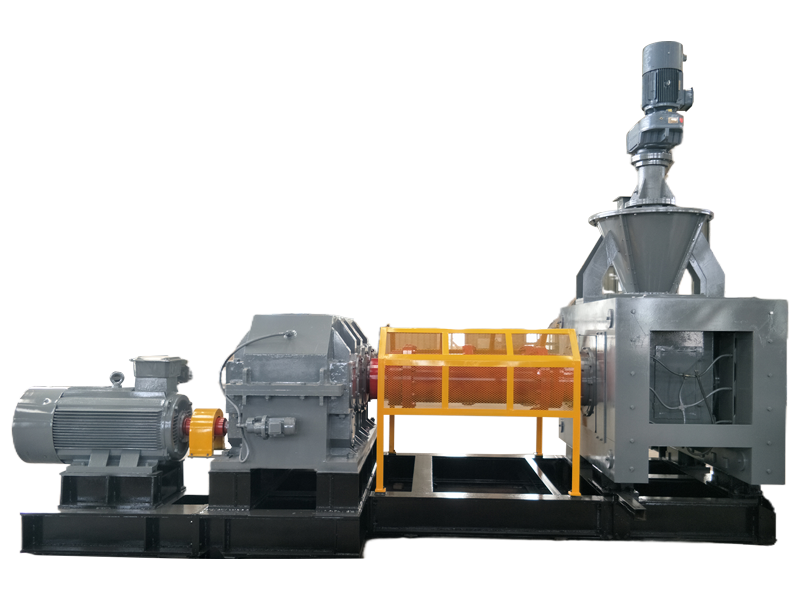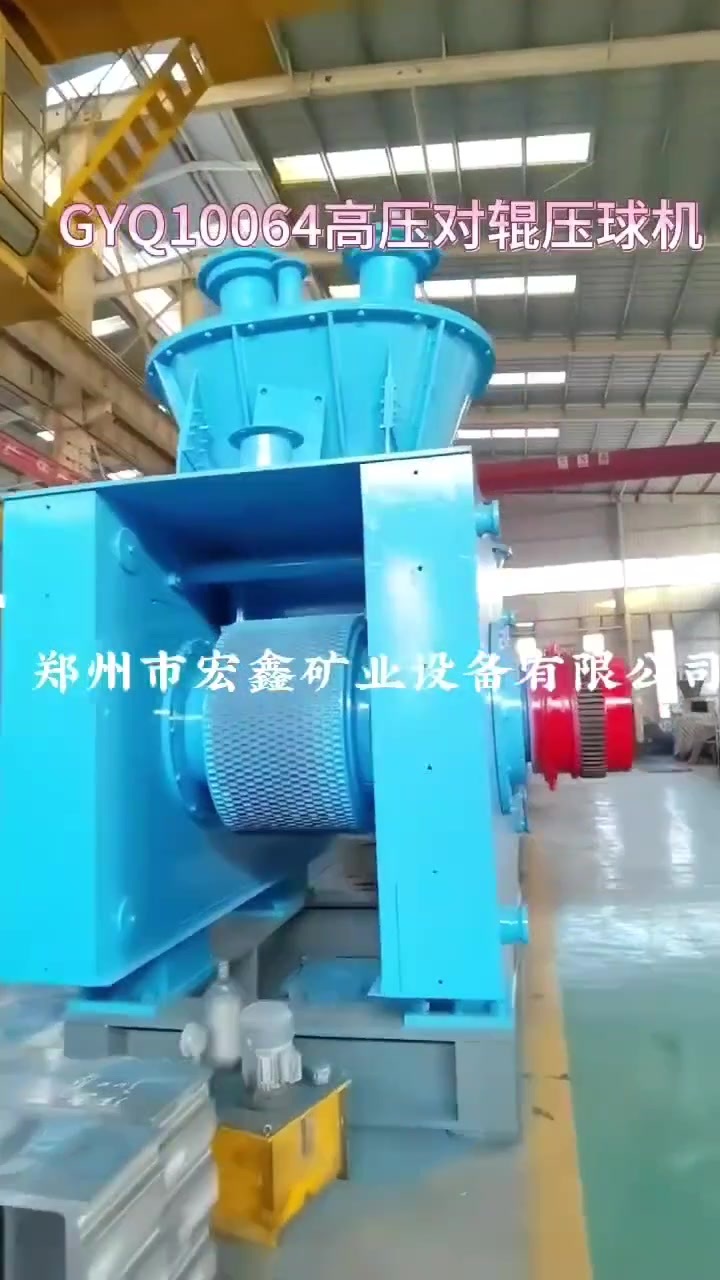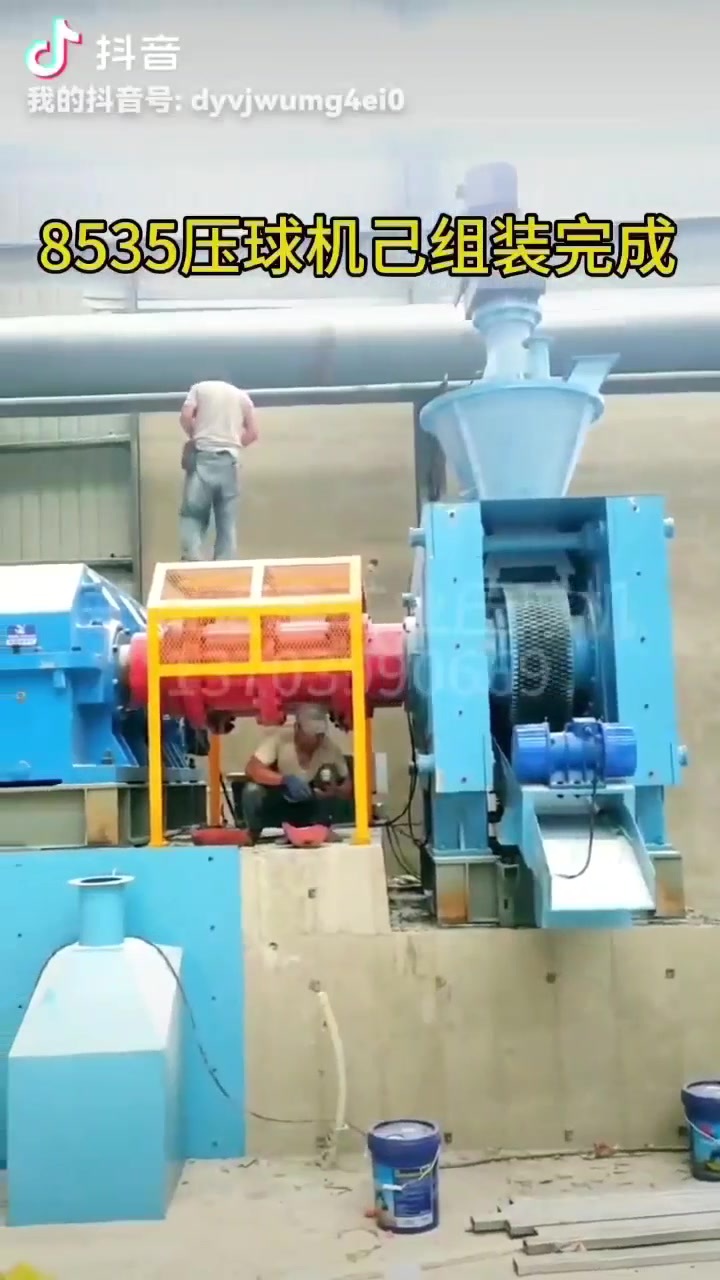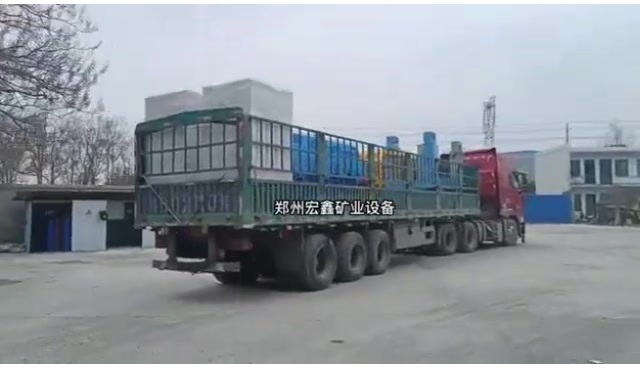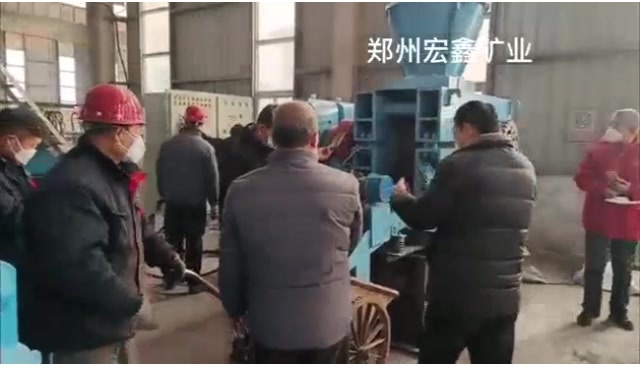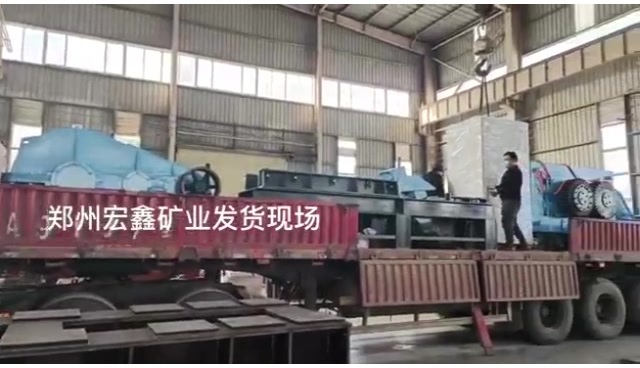

Roller cover for the ball press machine
The roller shell material for the high-pressure ball press machine is 9Cr2Mo. The forgings are manufactured by either Wafangdian Bearing Factory or Luoyang Bearing Factory, undergo spheroidizing annealing followed by machining, and then receive pre-treatment processes such as tempering, along with surface hardening and tempering treatments. Heat treatment is carried out directly at the bearing factory, with three non-destructive testing steps conducted throughout the process to ensure superior quality. The final surface hardness meets HRC 58-61.
Well-crafted
Well-crafted
Worry-free after-sales service
Quality Assurance
Product Categories:
Roller skin
Production Capacity:
Particle size of the ball:
Applicable materials:
Application areas:
Service hotline:+86-13703990669
Product Introduction
The press roller liner is the core component of a pelletizing machine, primarily used to compress powdered or granular materials—such as coal powder, mineral powder, fertilizers, and more—into spherical pellets under high pressure. Its performance directly affects the forming efficiency, pellet quality, and equipment lifespan. Below is a detailed introduction to the press roller liner:
1. The function of the press roller cover
Forming action : By designing recessed dies on the roller surface, loose materials are compressed into specific shapes—such as spherical, ellipsoidal, or cubic forms.
Wear-resistant protection : Protect the press roller core from material friction and high-pressure impacts to extend the equipment's service life.
Manage stress : The structural design of the roller skin influences the distribution of extrusion pressure, ensuring uniform compaction density during forming.
2. Materials and Manufacturing Processes
Common materials :
High-chromium cast iron : Exceptionally wear-resistant, ideal for high-hardness materials such as mineral powder and metal powders.
Alloy steel (such as 65Mn、60Si2Mn ) : Good toughness, high fatigue resistance, suitable for medium-hardness materials.
Stainless steel : Highly corrosion-resistant, used in corrosive environments such as chemical processing and wet molding applications.
Tungsten carbide coating : Surface coating with tungsten carbide enhances wear resistance, making it ideal for extreme operating conditions.
Manufacturing process :
Precision casting : Ensure the accuracy of the cavity mold shape to reduce post-processing costs.
Heat Treatment : Quenching + Tempering improves hardness and toughness, extending service life.
Surface Treatment : Processes like laser cladding and carburizing enhance surface wear resistance.
3. Structural Design
Die Type :
Spherical Concave Pit : Suitable for easily formable materials such as coal and coke powder.
Bar-shaped groove : Used for pressing billets or bar-shaped materials.
Honeycomb-shaped female die : Improving material filling efficiency, suitable for low-viscosity powders.
Roller Pairing :
Active roller + Driven roller : Rotate synchronously, and ensure the cavity die is precisely aligned to prevent misalignment.
Gap Adjustment : Adjust the roll gap—either hydraulically or via mechanical devices—to control the forming pressure.
4. Application Areas
Metallurgical industry : Iron ore powder, manganese ore powder, steel slag, and more are pressed into pellets for easier smelting.
Coal Industry : Coal powder and coke powder are formed into shapes to enhance combustion efficiency and reduce dust pollution.
Chemical industry : Powder compaction of fertilizers, pigments, catalysts, and more.
Environmental Protection Field : Solidification treatment of biomass pellets, sludge, and waste residues.
5. Selection and Maintenance
Key Selection Criteria :
Material Properties : Hardness, humidity, and corrosiveness (e.g., stainless steel material should be selected for chemical materials).
Molding Requirements : Pellet size and compactness (the die shape must match the target form).
Equipment parameters : Press machine pressure and roll diameter width (affecting roll cover thickness and structural design).
Maintenance Recommendations :
Regular cleaning : Avoid residual materials from clogging the cavity, which could affect the molding outcome.
Inspect for wear : If the cavity depth wear exceeds 10% , the roller cover needs to be replaced promptly.
Lubrication and Maintenance : Regularly lubricate the bearing parts to reduce friction and wear.
6. Frequently Asked Questions and Solutions
The pellets are not forming properly. : Check material moisture (usually required 8 12% Moisture content) or whether the roll pressure is insufficient.
Mold sticking issue : Apply a release agent via surface spraying, or switch to non-stick materials such as mirror-polished stainless steel.
Roller skin cracking : Improper material selection or substandard heat treatment processes require the replacement with high-toughness alloy steel.
The pressing roller cover is part of the ball press machine. " The heart—its material, design, and maintenance—directly impact production efficiency and costs. Proper selection (e.g., high-chromium cast iron for mineral powders, stainless steel for corrosive environments) and regular maintenance can significantly extend the life of roller skins and reduce downtime risks. For special materials—such as those with high silicon content or extreme hardness—we recommend customized designs for the cavity structure and tailored surface treatment processes."
Previous entry: Roller cover for the ball press machine
Qualifications and Honors
Product video
Keywords:
Recommended Related Products
Get a quote
Leave us your contact information and receive a free product quote.
We provide professional briquetting machine equipment and competitive quotes.
We will contact you within 24 hours of receiving your message.
Tel:+86-13703990669
Tel:+86-18182214485
Email:zzhxjixie@126.com
Address: Longgang Development Zone, Xingyang City, Zhengzhou City, Henan Province

Email:zzhxjixie@126.com
Tel:+86-13703990669
Tel:+86-371-64696918
Address: Longgang Development Zone, Xingyang City, Zhengzhou City, Henan Province
Leave a Message
The need for specialized plant growth regulators



